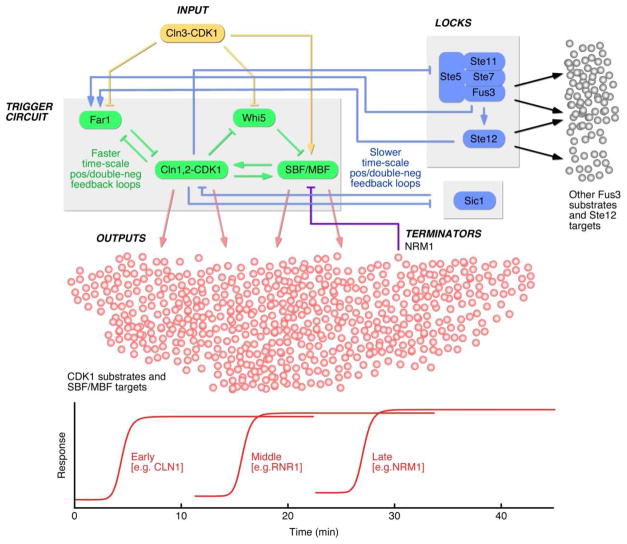Figure 1. Schematic View of the Regulation of Start.
The key to cell cycle commitment appears to be a system of interlinked, rapid positive feedback and double-negative feedback loops—the trigger circuit. The input to the trigger circuit is Cln3-CDK1, which probably regulates multiple components of the trigger (Far1, Whi5, SBF/MBF) in a feed-forward arrangement. Slower double-negative feedback loops involving Sic1 and Ste5 may serve as locks, helping to maintain the trigger in its post-Start state and to suppress the mating response. The output of the trigger circuit also includes hundreds of CDK1 substrates and SBF/MBF-regulated genes, which are regulated in a complex temporal program. SBF/MBF targets that are themselves components are turned on early ensuring commitment to cell division precedes significant changes in the cellular transcription program; targets that execute the G1/S program tend to be turned on later; and targets that reverse the trigger’s activation tend to be turned on later as well.

